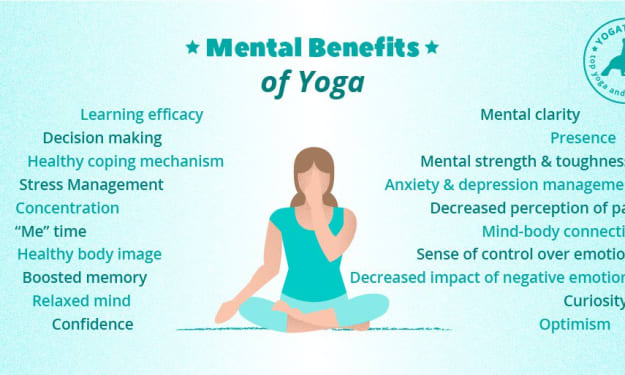
Our brains process electrical energy, and when we hear a story, our brain lights up. Language not only processes parts of our brain but also activates other areas of the brain that we use to hear historical events. When we hear the news, our brain glows like a neuron on the phone, making us recall more details than we had before.
At the chemical level, when we hear a story, our brain releases oxytocin, a bonding hormone that makes us care for the people involved. Whether we treat our popular mythological characters as real people or share personal stories, the fastest way to communicate with strangers we tell stories, and politicians are among the best weapons.
From bed to stove, we use stories to share our experiences and connect with the people around us. As our stories shape our inner world and brain structure, it is not surprising to find that stories told by others can have a positive effect on us. As we share the experiences of others who have helped to shape our thinking and our lifestyle, we can have a similar effect.
When you hear a story, your brain waves begin to adapt to that of a storyteller, says Uri Hasson, a professor of psychology and neuroscience at Princeton University. Audience research has found that brain networks that process emotions from sound and those involved in movement are active at emotional moments. When the woman spoke English, the volunteers understood her story better and their brains were harmonized.
Brain scan studies have shown that when people read the same story or watch the same movie the same areas of the brain come together, just as they do in situations with characters they encounter in real life. A study by Uri Hasson of Princeton University found that when the speaker sounded, the same areas of the speaker and listener's brain were illuminated on an fMRI scanner. While he and his research team analyzed the brain activity of two people, one telling a story and the other listening to it, they found that when the audience understood better, storytelling patterns showed them.
When people tell other listeners stories, the brain re-creates the same patterns that effective connectors have in their heads. When stories are told in context, your facts reach new heights in your listener's brain. Independent, compelling, and compelling stories are more than just brainstorming facts.
The next time you have trouble attracting people to your project or idea, tell them a story about the result when you do what you have in mind. The next time you bring up an annoying, difficult, or controversial message, look for ways to turn it into a story. My advice to entrepreneurs is to start each presentation with a convincing, personal story.
When you look at a marketing funnel from a news story perspective, each panel area suggests a different action in your customer history.
It is an exciting, uplifting, and enlightening story that tells the story of the struggles your customers face and meets the people you want to sell to. News about your product or business comes up when you talk about who you are as a company, why you come to work every day, what you do, and what you think the future of your industry will be.
The human mind is responsible for organizing communication and processing issues. We know that we make our minds work when we listen to a story. We also want to know why some people respond better to news than others, and why some do not write compelling stories.
When we think about storytelling, we can hear other people's stories not only through mental comprehension and empathy but also by engaging in certain brain functions. New research in neuroscience shows that brain structures are stimulated when someone shares a story and has provided many answers to how storytelling affects the brain.
News sharing has the power to process data. Activating not only the cognitive brain but also the emotional brain and the nervous system actually works. When the brain tells a story, it is more concerned with the thoughts and feelings of the characters than with the event or the sequence of events itself. Part of the Mentalization Network, a group of brain regions used to predict other people's motives, emotions, and beliefs that make up a narrative center, is what the brain does when it tells stories.
The connection between the storyteller and the listener creates a story that captures the regions of the brain involved in social interaction. Storytelling and storytelling not only connect the regions of our brain to reflect the listener's brain but also acts as a social glue. By focusing on characters and the plot, we use social skills that strengthen basic brain networks.
Our attitude and experience begin with thinking that fixes the way our brain interprets stories. When people have the same original ideas, their brains respond more in the same way and adapt more closely to each other than when those who share these ideas do not.
According to Uri Hasson of Princeton, stories are the only way to activate those parts of the brain where a listener can turn a story into his or her own ideas and experiences. Even in a divided political environment, the brain responses of people with different political views show different patterns of action in certain regions of the brain when they see similar issues on a political issue.
About the Creator
Dip Rai
I am a content writer and love to Code.





Comments
There are no comments for this story
Be the first to respond and start the conversation.